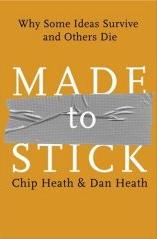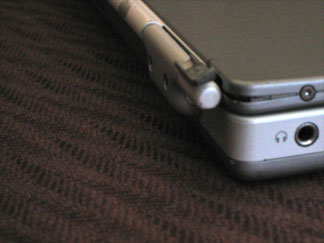I’m currently reading George Hunter’s The Celtic Way of Evangelism for two classes. This morning on the train I got to chapter 5, “How Celtic Christianity Communicated the Gospel” and came across some advice for preaching to pre- and post-Christian people. Hunter cites Kierkegaard’s advice :
First, engage and speak as though personally, to individuals, not as to an audience en masse…Second, speak concretely, even poetically and imaginatively, rather than in abstractions. Third, speak to yourself as well as to the audience…Forth, stress possibility; that is, what a person’s life can become. If you tell stories of heroes of the faith, the goal is not for the people to admire the heroes (that is counterproductive) but to glimpse what their own lives can become. Fifth, reject all temptation to pressure people to decide now; respect their freedom and encourage their free response in measurable time. (p. 62-63)
Then I saw C. H. Spurgeon’s list [via Justin Taylor]:
- Use the Spirit’s appointed means
- Put your trust in the Spirit’s purpose and not in the Spirit’s means
- Seek the virtual preaching of Jesus
- Recognize the difference between mental and spiritual power
- See the Bible as your primary homiletics textbook
- Don’t forget to testify
- Engage the imagination and emotion
- Lean upon the community of believers
Before you hop on the “Prince of Preacher” bandwagon, remember that Spurgeon preached in a Christian context. That is, the London he preached in was a “Christian” London. Though not everyone was a Christian, the cultural ethos was Christian. What Hunter is putting forth is a method of preaching in a non-Christian setting. The West is largely a post-Christian culture and so we can’t assume that methods that “worked” 75 years ago will bear the same fruit today. You could once being a sermon with the assumption that the hearers (I hate the term ‘audience’ in the context of preaching) basically understood sin and judgment. The God they knew of was the Christian God. But not so today. “God” in our post-modern setting could be any number of ideas gathered from various religions and personal inclination.
At the same time, notice that there is some overlap between the two lists. What grabs my attention is what is in Spurgeon’s list and not in Hunters: the Holy Spirit. If we’re talking raw communication theory, which, presumably, Hunter is, then omission of the Holy Spirit is understandable. But when it comes to preaching the gospel (the title of Hunter’s chapter) excluding the Holy Spirit is deadly.
We have to be careful that preaching doesn’t turn into, on one hand, lecture and, on the other, entertainment or therapy. Our current setting is post-Christian. We are still dealing with the hang over of the therapy focus of the 70s (notice that when someone makes a public mistake the answer is to enter therapy, a public apology is seldom good enough.) Our culture is fixated on entertainment. We pay poor actors better than we pay teachers. Preaching in this environment is different from preaching in Spurgeon’s day because we only have the lingering culture junk of the Christianity that was once vibrant here. It is also different from the days of St. Patrick because whereas Patrick had to deal with animism and paganism, he didn’t have to contend with atheism and excessive leisure.
In our setting, as in Spurgeon’s or St. Patrick’s, we must rely on the Holy Spirit to attend his word with power. Post-modern cultural tricks and simply relying on the form of past preachers we admire aren’t sufficient. We must preach to the people before us today. We must preach. Not entertain or counsel. If we do all that we can do in preaching, we we get all the results we can get. But if we do all we can do and rely on God, knowing that if he doesn’t engage the preaching we’ll fall flat, then great things can happen. Miraculous thing. Ultimately, our preaching succeeds not because of our skill or techniques but because the Holy Spirit is at work in it.






 This picture is a screen shot from Time.com. I had just finished reading an
This picture is a screen shot from Time.com. I had just finished reading an